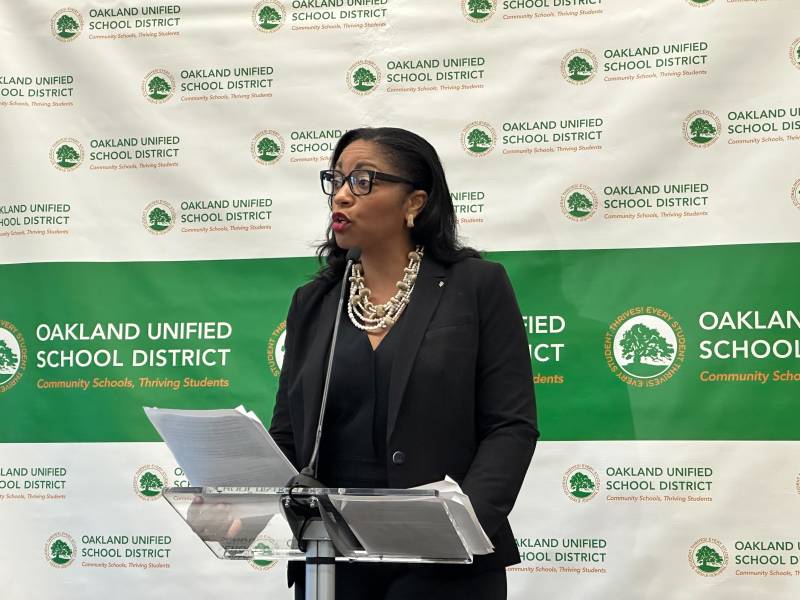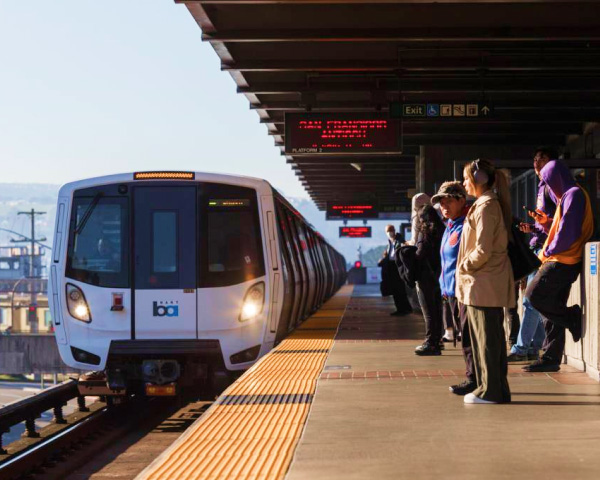“I don’t think so,” former board member and Superintendent Gary Yee told KQED. “But I think that that’s going to surface as an important discussion for the community to make in terms of the composition of a school board.”
Oakland has a touchy history with the debate over its school district’s footprint.
Just three years ago, the school board passed a proposal to close, merge or reduce classes at 11 sites. The plan was met with outrage, protest and even a hunger strike, as parents and community members said it disproportionately impacted campuses with predominantly Black and Brown student bodies. It was reversed by the board the following year, before it took effect.
A more modest plan to merge 10 schools co-located on five campuses last fall also stalled without board support.
OUSD operates 77 school sites — more than other similar-sized districts, and more than the 46 that an efficiency analysis suggested it should.
In the early 2000s, Oakland opened 40 new campuses under the community school movement. But around the same time, OUSD enrollment began to decline in line with many California districts.
For at least the past five years, OUSD’s leadership has been saying that the district’s number of schools needs to be realigned with its student body to improve student outcomes, maximize resources and curb some overspending.
“You see it when parents are coming to school board meetings talking about the low literacy rates, the low numeracy rates,” Johnson-Trammell said. “You see it with how parents are voting with their feet … People are leaving Oakland. We’ve got to adjust. We have to evolve.”
One unlikely leader who seems ready for the conversation is board member Mike Hutchinson.
He led the effort to rescind school closures in 2023 just hours after being sworn in as board president. But he told KQED on Thursday that as the district leaves state receivership this summer, it is time to have a “community conversation about how our school district will look going forward.”
“We can make it an add-on, not a loss,” he said. “It can become an exciting conversation [about how to best utilize district resources], whereas for 20 years, it has been imposed on us,” referring to state receivership.
School board members — all of whom, besides Hutchinson, were absent for Johnson-Trammell’s remarks — began interviewing candidates for an interim superintendent to take over on July 1 during a closed-door meeting on Wednesday night. They plan to continue on Friday morning.
Current and former district leaders KQED spoke with on Thursday said that they hope to see more transparency and community involvement in that process.


